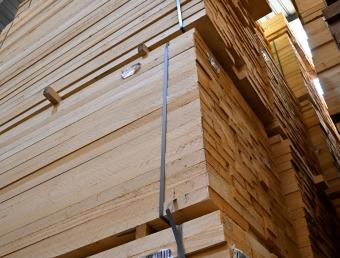
Te explicamos todos los detalles técnicos de los tableros contrachapados
Nowadays, plywood is one of the most advanced wood-based products for a wide variety of demanding applications in the construction, vehicle, and other specialty industries.
The most important raw material for plywood is a renewable natural resource: wood. It is a board that is obtained by gluing wood veneers in such a way that the fibers of the consecutive veneers form a certain angle, generally right, in order to balance the board. Sometimes, instead of veneers, layers of veneers are used. The number of plates or layers is usually odd in order to balance the board by the symmetry of the section.
The main characteristic of the plywood board is the uniformity of its properties, its mechanization and its low weight. If the properties of solid wood are much superior in the direction of the grain with respect to the perpendicular direction; in plywood, the properties in both directions become equal as the number of veneers increases. The mechanical properties of the board must refer to the direction of the fiber of the external sheets (parallel or perpendicular).
The plywood board is defined by the following parameters:
- Species or group of species of wood used for its veneers or layers
- Quality of the plates used. Normally only the quality of the face and the back is specified, in some applications it is necessary to specify the quality of the inner sheets.
- Material used in the soul.
- Sheet thickness
- Type of gluing, which depending on the use and properties of the board can be: for interiors Urea Formol (UF), Urea Formol reinforced with melamine (MUF) and phenolic glue for exteriors such as Phenol formaldehyde (PF), for the manufacture of the board phenolic plywood.
One of the projects that we liked the most and that used plywood panel is #YoMeCorono, a solidarity project, in which an old Mercedes 407D van has been rescued to turn it into an authentic vintage jewel.


